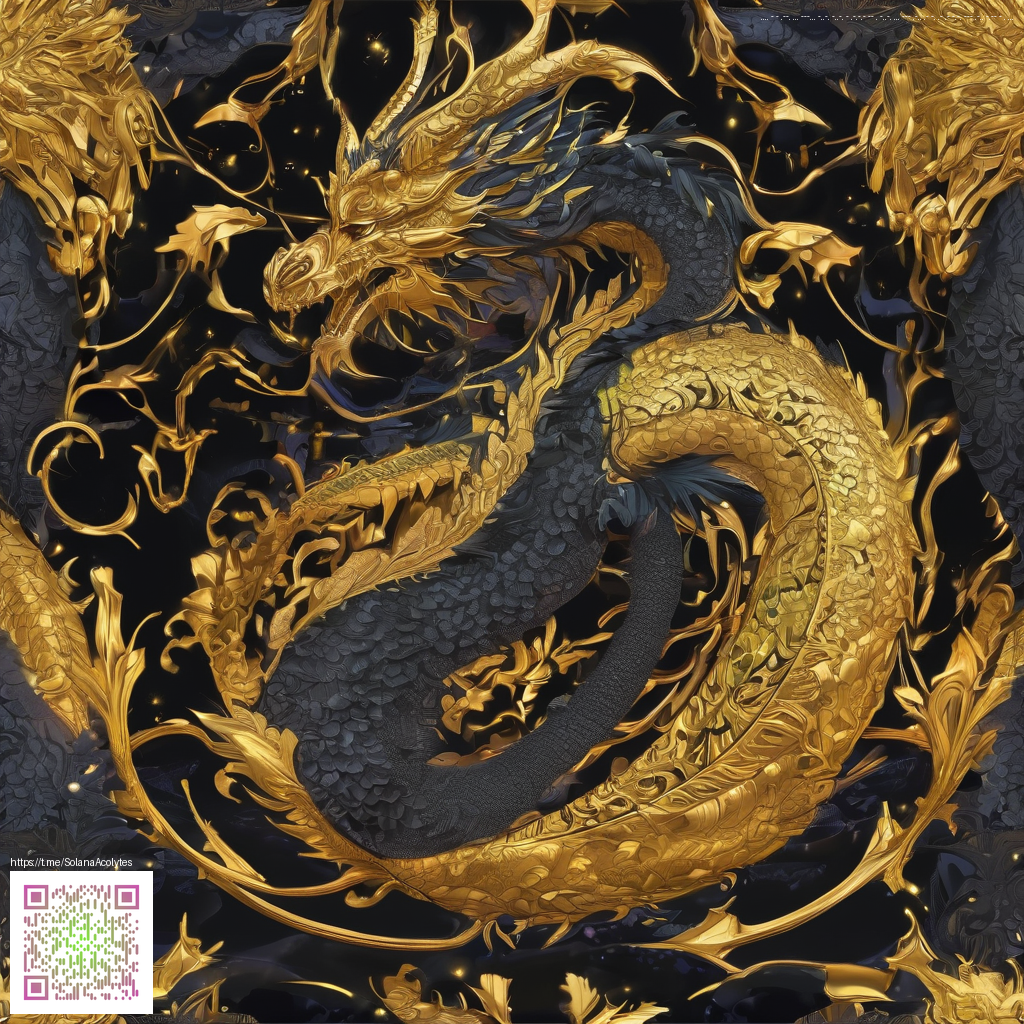
Fallout New Vegas Graphics Showdown Across PC and Console
Fallout New Vegas arrived as a rugged love letter to post apocalyptic storytelling, and its visuals still spark conversations among fans two decades later. The game’s DNA sits in a flexible engine that invites experimentation from players who want to push texture detail, lighting mood, and draw distance far beyond what shipped on consoles. In this look back and forward, we explore how PC configurations, mods, and official patches reshaped the Mojave into a world that feels both faithful to its roots and surprisingly modern in sparkle.
Visual foundations and the role of post processing
The base release leans on a Gamebryo heritage that doesn’t scream modern shader complexity yet yields distinct desert atmosphere, dust motes, and tense neon glow from casino facades. On PC, enterprising builders unlock post processing and dynamic lighting through the ENB framework, a long standing tradition in Fallout New Vegas communities. ENB adds cinematic bloom, color grading, and contact shadows that can transform the harsh sun into a believable, scuffed texture of the wasteland. It is not merely a pretty face; it changes how you read surfaces at distance and how textures pop up close under varied light.
Consoles deliver a tighter, more uniform presentation. The Xbox 360 and PlayStation 3 editions settle into fixed resolutions and a steadier frame pacing that feels reliable in narrative beats but reveals the era’s hardware limitations in texture fidelity and draw distance. When clean texture packs and careful lighting tweaks aren’t available by default, players experience a more uniform, compact Mojave — still iconic, but less expansive than a highly tuned PC build.
PC versus console: resolutions, frame rates, and texture fidelity
On PC, the canvas is only limited by hardware. Modern rigs can push Fallout New Vegas to resolutions well beyond the 720p era and sustain higher frame rates, especially when players enable aggressive optimizations and draw distances. This is where texture clarity shines, and where modders have repeatedly demonstrated how a well chosen combination of ENB presets, texture packs, and shader tweaks can reframe daytime vistas and night skies alike. 💠
Consoles historically fixed the experience near 720p and a 30fps cap for most of the adventure. The result is a look that aligns with the game’s gritty sensibility, but it also cements a particular aesthetic — one that many players still remember when they think of Mojave sunsets and derelict towns. The difference isn’t simply crisper textures; it’s the sense of distance, fog density, and how ambient occlusion reads the corners of a ruined building. 🌑
Modding culture: textures, lighting, and gameplay flair
The Fallout New Vegas community is built on curiosity and a shared toolkit. High resolution texture packs—paired with NVSE friendly mods—unlock a new level of surface detail for rocks, concrete, and decaying signage. A favorite combo among players includes ENB for post process and color mood, plus texture packs that refresh far more of the world without sacrificing performance. These choices often define a personal rendition of the Mojave that feels both nostalgic and startlingly fresh.
Beyond visuals, behavior and atmosphere can be tuned with mods that tweak weather, night lighting, and even ambient soundscapes. The modding ecosystem thrives on collaborative discovery and careful balancing, ensuring that a digitally rejuvenated New Vegas remains a living, breathing world. It’s a vivid reminder that graphics are more than pixels; they are sensors for mood and immersion, letting players experience old content with new eyes. 👁️
Update coverage and developer perspectives
Official patches historically addressed stability, performance, and compatibility on PC, bringing back combat balance and bug fixes that improved the experience on launch platforms. While the core game world remains intact, these updates quietly sharpen textures, memory management, and load behavior, helping mods run more reliably. The developer cadence during the original release window emphasized preserving the game’s rugged charm while responding to player feedback with practical fixes rather than sweeping overhauls.
From a developer’s lens, the Mojave’s visual language is a deliberate blend of hazard and hope. The weathered signage, rusted rails, and distant mesas push a sense of scale that benefits greatly from modern hardware. The best advice is to treat the game as a sandbox for experimentation: pick a target mood, stack a few compatible mods, and test performance across locations that test draw distance, lighting, and texture integrity. When done well, the difference between vanilla and modded looks is not merely cosmetic; it’s narrative amplification. 💫
In practice, the most satisfying setups often balance clean texture work with restrained post processing. Not every player wants a skylight to glow with triple bloom; many favor a grounded, filmic look that feels immersive without washing out the grit. The ongoing community conversation around these choices keeps the game relevant in a way that feels earned, not manufactured. ꩜
Support a decentralized internet